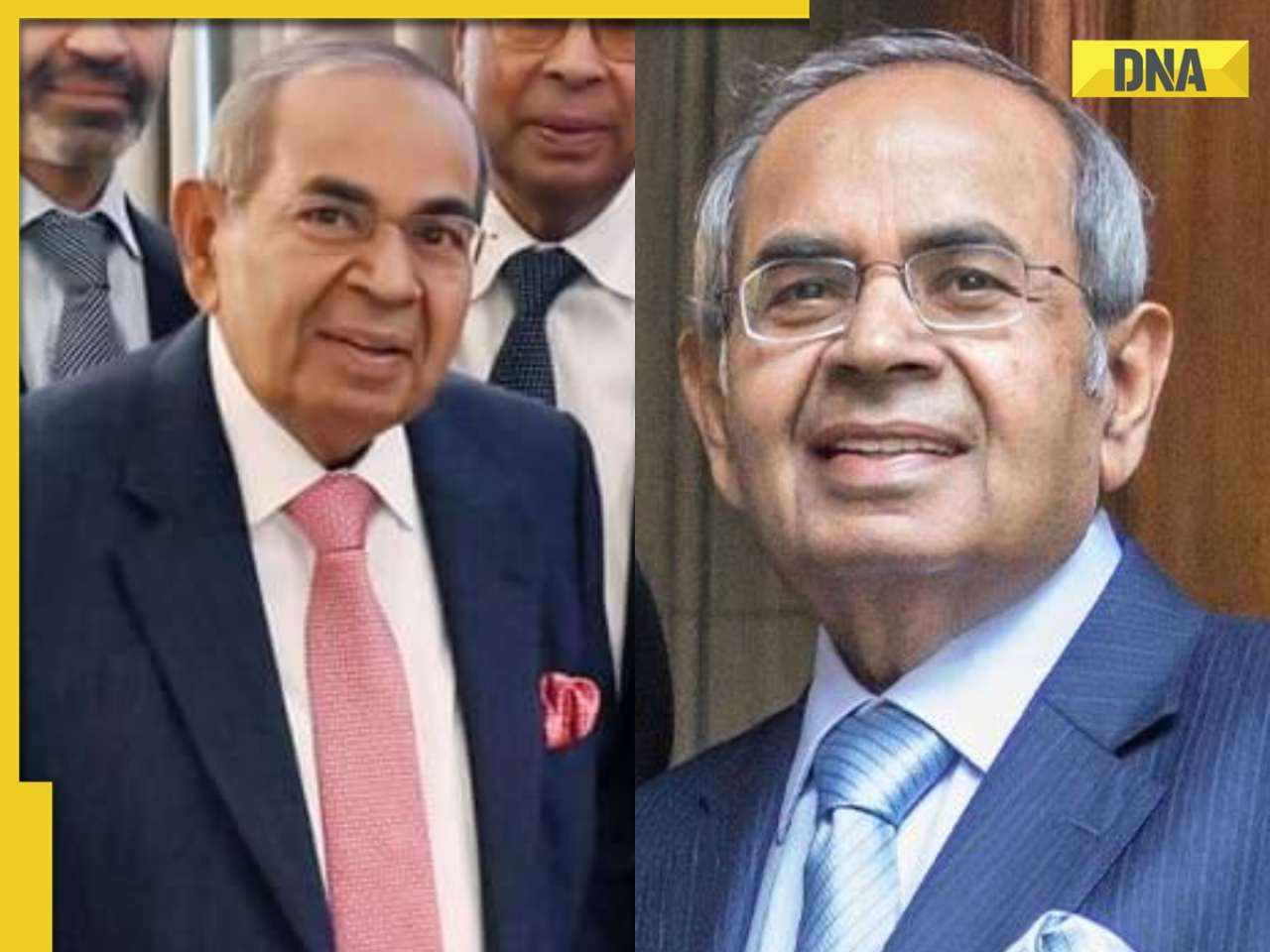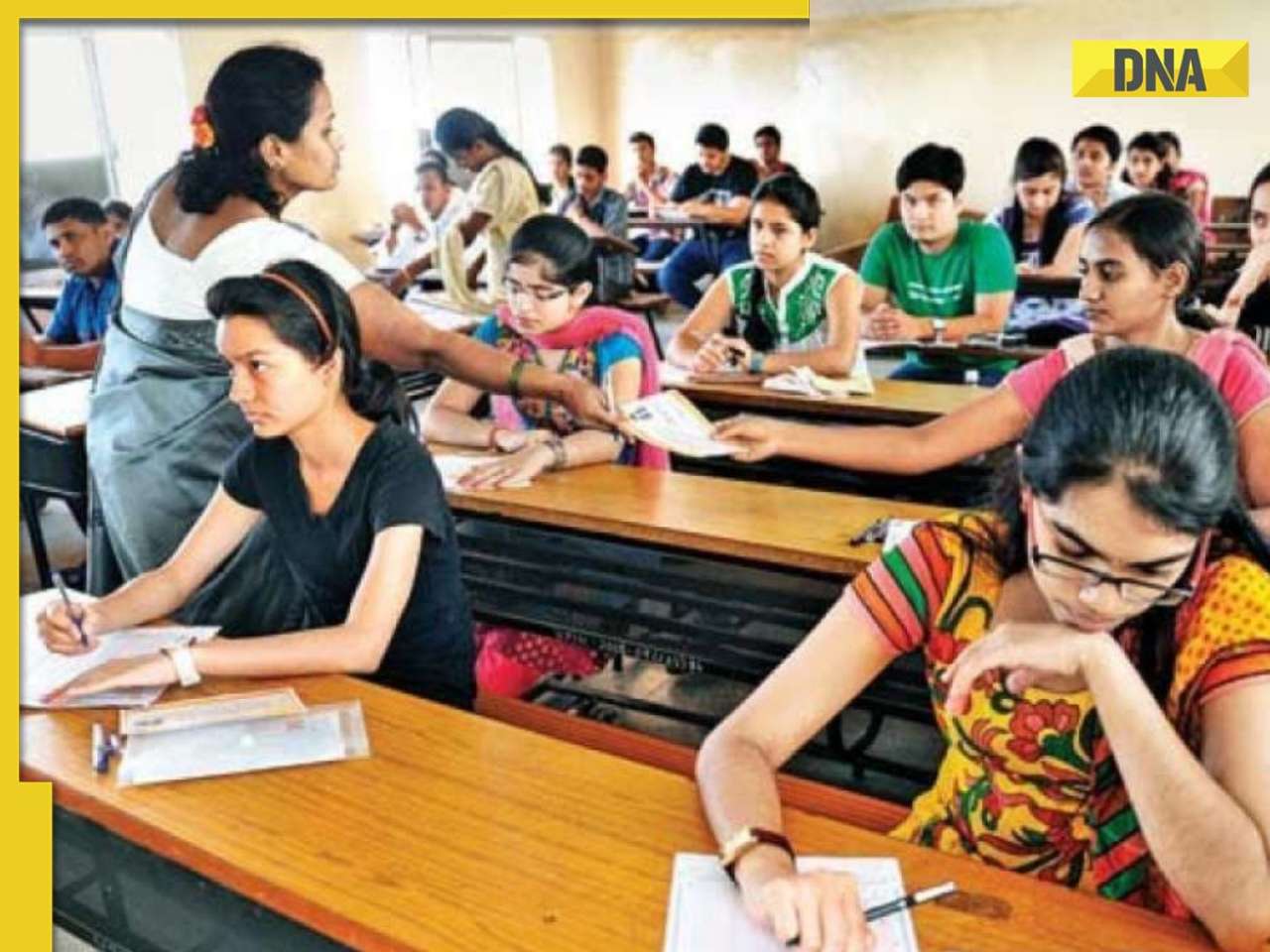Airlines are obsessed with flying abroad. The six-month-old Kingfisher Airlines is irrepressible in its ambition of starting flights to international destinations.
MUMBAI: Why are India’s new private sector airlines so eager to hit the foreign trail when the money’s not all that hot? On the Mumbai-London route, for example, at average two-way passenger fares of Rs 24,000, the revenue per km works out to just Rs 1.62. As opposed to that, even in the highly competitive Mumbai-Delhi segment, revenues are as much at Rs 4.23.
But airlines are obsessed with flying abroad. The six-month-old Kingfisher Airlines is irrepressible in its ambition of starting flights to international destinations.
Promoter Vijay Mallya never loses any opportunity to put forth his demand for an amendment of the present government rule which requires an airline to fly a minimum of five years on domestic routes before it can start flying overseas.
Considering that the industry benchmark for long-haul flights are around 50% lower at 5.1 cents per km as compared to 11 cents per km for short-haul flights, one wonders what cost economics is driving Mallya’s interest in international operations.
The answer, it seems, lies in the big picture. “Yield is only one part of the big picture.
With Indian carriers having a big cost advantage in terms of workforce, ticketing, catering and other such services, they can easily wean away a major chunk of the market from existing airlines like British Airways (BA), bmi (formerly British Midland Airways), Cathay Pacific and others, who have higher operational costs,” says Nikhil Vohra of SSKI.
Vohra says in another three to four years Indian carriers will become more meaningful in the international aviation arena. “Jet’s Mumbai-London flights, which have an average 70-80% load factor, are already doing well,” says Vohra.
Jet Airways investors relation manager KG Vishwanathan reiterates Vohra’s view: “Our international operations support and supplement the growth in the domestic market. We are building volumes on the international sectors to make our presence felt in the overseas market.”
Kingfisher Airlines general manager (sales) Manoj Chacko explains that longer flights have lower costs per flying hour. He says the biggest draw is the origin and destination (O&D) concept, which allows an airline to fix fares based on the market particulars.
“Under O&D, an airline can charge a higher fare on the London-Mumbai-London leg while it can have a lower fare on the Mumbai-London-Mumbai leg. The fare differential between two markets can be as much as 30%. It means that much extra revenue for the airlines,” says Chacko.
Many analysts, however, disagree with Chacko. They believe not only do long-haul international routes offer lower revenues per kilometre (RPKM = faresdistance) but they also involve higher costs. Overseas flights have higher landing, handling, parking and navigation charges than domestic flights.
The handling charges for passengers and ramp at premium airports like London could be as high as $5,000 per turnaround flight (Boeing 747-400) as compared to Rs 35,000-40,000 (less than $1,000) per turnaround flight (A320) at domestic airports.
The crew requirement on international flights is also bigger, and they have to be provided accommodation at hotels as their turnaround is usually the next day. Another cost that is peculiar only to international flights is overflying charges, which airlines pay for flying over different territories to reach their destination.
Say, when an airline does the Mumbai-London leg, it flies over Pakistan, Afghanistan, Eastern and Western European countries.
These countries charge a fee to airlines for overflying their territories. However, not all international routes are low yield. While RPKMs on the Mumbai-London route are poor, the West Asian routes are more lucrative because they are short-haul.
RPKMs on the Mumbai-Delhi and Mumbai-Dubai routes, which are almost the same distance, are on a par at around Rs 4 per km. And these RPKMs have been under pressure with tumbling fares.
“While our costs have been hitting the roof, our fares have come down from a level of £ 500-600 in the mid-90s to around £ 300 today,” says Air India company secretary S Venkat.
But these cost economics are getting buried under the Indian carriers’ dream to leap into the international market and wrest the market from established international carriers.
Air Deccan Ltd, the low-cost airline that will be able to fly to overseas destinations before the rest, also wants to expand its volumes through international market. “If the government cuts the minimum number of years required to start flying overseas from five years to three years then we can launch our international flights from 2006,” says Air Deccan finance director Mohan Kumar.
![submenu-img]() Meet man, an Indian, whose family topped list of richest people in the UK with net worth of...
Meet man, an Indian, whose family topped list of richest people in the UK with net worth of...![submenu-img]() Pune: Tanker explodes in Pimpri Chinchwad, nearby hotels, houses and parked trucks damaged
Pune: Tanker explodes in Pimpri Chinchwad, nearby hotels, houses and parked trucks damaged![submenu-img]() Rohit Sharma lashes out at IPL TV broadcaster for 'breach of privacy'
Rohit Sharma lashes out at IPL TV broadcaster for 'breach of privacy'![submenu-img]() Heeramandi lyricist AM Turaz on Azadi: 'Women's contribution in Indian freedom movement has never been...' | Exclusive
Heeramandi lyricist AM Turaz on Azadi: 'Women's contribution in Indian freedom movement has never been...' | Exclusive![submenu-img]() Kangana Ranaut reveals if she will quit films after winning Lok Sabha elections, calls Bollywood 'jhoothi duniya'
Kangana Ranaut reveals if she will quit films after winning Lok Sabha elections, calls Bollywood 'jhoothi duniya'![submenu-img]() Meet IAS officer, daughter of milk vendor, who cracked UPSC in second attempt, secured AIR...
Meet IAS officer, daughter of milk vendor, who cracked UPSC in second attempt, secured AIR...![submenu-img]() UGC NET June 2024: Registration window closes today; check how to apply
UGC NET June 2024: Registration window closes today; check how to apply![submenu-img]() Meet IAS officer, son of teacher from Rajasthan, who cracked UPSC after multiple failed attempts, secured AIR...
Meet IAS officer, son of teacher from Rajasthan, who cracked UPSC after multiple failed attempts, secured AIR...![submenu-img]() Meet IIT graduates, three friends who were featured in Forbes 30 Under 30 Asia list, built AI startup, now…
Meet IIT graduates, three friends who were featured in Forbes 30 Under 30 Asia list, built AI startup, now…![submenu-img]() Meet woman who cracked UPSC in fourth attempt to become IAS officer, secured AIR...
Meet woman who cracked UPSC in fourth attempt to become IAS officer, secured AIR...![submenu-img]() DNA Verified: Is CAA an anti-Muslim law? Centre terms news report as 'misleading'
DNA Verified: Is CAA an anti-Muslim law? Centre terms news report as 'misleading'![submenu-img]() DNA Verified: Lok Sabha Elections 2024 to be held on April 19? Know truth behind viral message
DNA Verified: Lok Sabha Elections 2024 to be held on April 19? Know truth behind viral message![submenu-img]() DNA Verified: Modi govt giving students free laptops under 'One Student One Laptop' scheme? Know truth here
DNA Verified: Modi govt giving students free laptops under 'One Student One Laptop' scheme? Know truth here![submenu-img]() DNA Verified: Shah Rukh Khan denies reports of his role in release of India's naval officers from Qatar
DNA Verified: Shah Rukh Khan denies reports of his role in release of India's naval officers from Qatar![submenu-img]() DNA Verified: Is govt providing Rs 1.6 lakh benefit to girls under PM Ladli Laxmi Yojana? Know truth
DNA Verified: Is govt providing Rs 1.6 lakh benefit to girls under PM Ladli Laxmi Yojana? Know truth![submenu-img]() Kiara Advani attends Women In Cinema Gala in dramatic ensemble, netizens say 'who designs these hideous dresses'
Kiara Advani attends Women In Cinema Gala in dramatic ensemble, netizens say 'who designs these hideous dresses'![submenu-img]() Influencer Diipa Büller-Khosla looks 'drop dead gorgeous' in metallic structured dress at Cannes 2024
Influencer Diipa Büller-Khosla looks 'drop dead gorgeous' in metallic structured dress at Cannes 2024![submenu-img]() Kiara Advani stuns in Prabal Gurung thigh-high slit gown for her Cannes debut, poses by the French Riviera
Kiara Advani stuns in Prabal Gurung thigh-high slit gown for her Cannes debut, poses by the French Riviera![submenu-img]() Heeramandi star Taha Shah Badussha makes dashing debut at Cannes Film Festival, fans call him ‘international crush’
Heeramandi star Taha Shah Badussha makes dashing debut at Cannes Film Festival, fans call him ‘international crush’![submenu-img]() Streaming This Week: Madgaon Express, Zara Hatke Zara Bachke, Bridgerton season 3, latest OTT releases to binge-watch
Streaming This Week: Madgaon Express, Zara Hatke Zara Bachke, Bridgerton season 3, latest OTT releases to binge-watch![submenu-img]() Haryana Political Crisis: Will 3 independent MLAs support withdrawal impact the present Nayab Saini led-BJP government?
Haryana Political Crisis: Will 3 independent MLAs support withdrawal impact the present Nayab Saini led-BJP government?![submenu-img]() DNA Explainer: Why Harvey Weinstein's rape conviction was overturned, will beleaguered Hollywood mogul get out of jail?
DNA Explainer: Why Harvey Weinstein's rape conviction was overturned, will beleaguered Hollywood mogul get out of jail?![submenu-img]() What is inheritance tax?
What is inheritance tax?![submenu-img]() DNA Explainer: What is cloud seeding which is blamed for wreaking havoc in Dubai?
DNA Explainer: What is cloud seeding which is blamed for wreaking havoc in Dubai?![submenu-img]() DNA Explainer: What is Israel's Arrow-3 defence system used to intercept Iran's missile attack?
DNA Explainer: What is Israel's Arrow-3 defence system used to intercept Iran's missile attack?![submenu-img]() Heeramandi lyricist AM Turaz on Azadi: 'Women's contribution in Indian freedom movement has never been...' | Exclusive
Heeramandi lyricist AM Turaz on Azadi: 'Women's contribution in Indian freedom movement has never been...' | Exclusive![submenu-img]() Kangana Ranaut reveals if she will quit films after winning Lok Sabha elections, calls Bollywood 'jhoothi duniya'
Kangana Ranaut reveals if she will quit films after winning Lok Sabha elections, calls Bollywood 'jhoothi duniya'![submenu-img]() Sanjay Leela Bhansali calls this actor his only friend in industry: 'He doesn't care about my film, he cares about me'
Sanjay Leela Bhansali calls this actor his only friend in industry: 'He doesn't care about my film, he cares about me'![submenu-img]() Jolly LLB 3: Akshay Kumar wraps up first schedule; local artiste reveals actor's inspiring daily habits
Jolly LLB 3: Akshay Kumar wraps up first schedule; local artiste reveals actor's inspiring daily habits![submenu-img]() Before Ranveer Singh, Deepika Padukone; Bajirao Mastani was announced with these two superstars in 70s, it got shelved
Before Ranveer Singh, Deepika Padukone; Bajirao Mastani was announced with these two superstars in 70s, it got shelved![submenu-img]() Viral video: Donkey stuns internet with unexpected victory over hyena, watch
Viral video: Donkey stuns internet with unexpected victory over hyena, watch![submenu-img]() Viral video: 'Breathtaking' blue meteor illuminates skies over Spain and Portugal, watch
Viral video: 'Breathtaking' blue meteor illuminates skies over Spain and Portugal, watch![submenu-img]() Google CEO Sundar Pichai reveals his favourite foods in Delhi, Mumbai, Bengaluru and they are...
Google CEO Sundar Pichai reveals his favourite foods in Delhi, Mumbai, Bengaluru and they are...![submenu-img]() Cow fight injures two girls enjoying street snacks, video goes viral
Cow fight injures two girls enjoying street snacks, video goes viral![submenu-img]() Viral video: Man sets up makeshift hammock on bus, internet reacts
Viral video: Man sets up makeshift hammock on bus, internet reacts


























































)
)
)
)
)
)